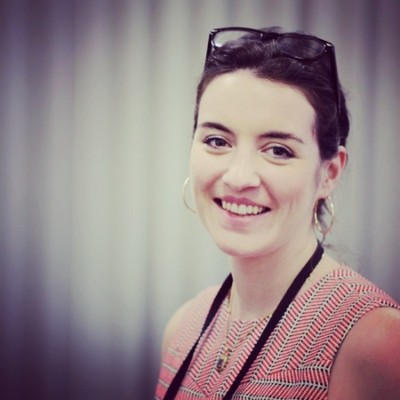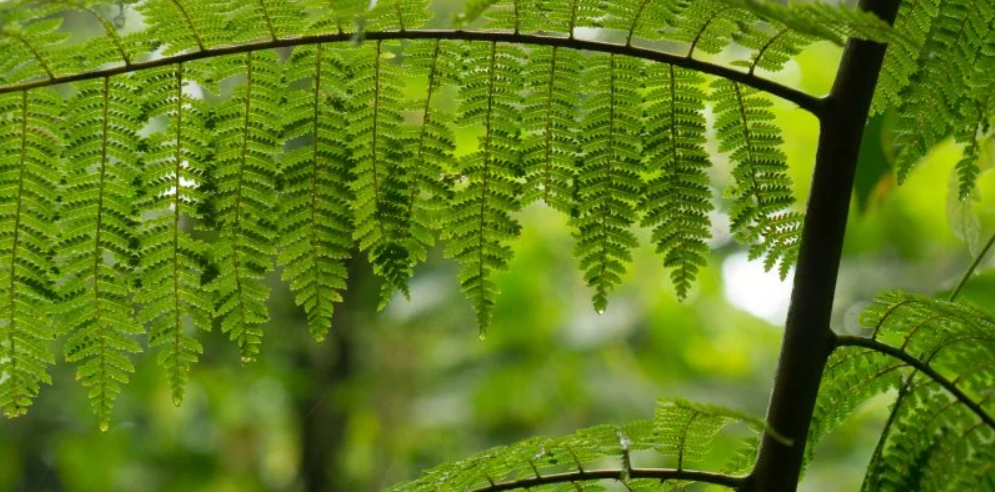A breath of fresh air is hard to find. More than 99 percent of the world’s population now breathes unhealthy air, and poor air quality is linked to 1 in 8 deaths globally. In low- and middle-income countries, the statistics are worse. India had a staggering 99 of the top 100 worst polluted cities in the world in 2019, and populations in South Asia and Africa face the highest burden of disease related to air quality. Air pollution has ripple effects on everything from health, to economic growth, to the climate crisis.
The good news? We know the solutions to the threat of air pollution around the world. Even a small reduction in pollution can result in significant gains for development challenges. USAID promotes clean air solutions in more than 25 countries with projects that leverage the power of partnerships, invest in local innovation, and emphasize the shared responsibility we have as humankind to solve this problem. USAID programs aim to address the sources and impacts of air pollution across a spectrum of solutions, including supporting a just energy transition that ensures equitable access to clean energy and sustainable development for all.
From increasing local awareness and knowledge of air pollution, to tackling its sources by improving access to clean cooking and transportation, read how USAID is working with India, Thailand, Zambia, and Malawi to improve air quality:
1. Tackling Transportation Emissions in India
Emissions and road dust from transportation are significant contributors to air pollution around the world. This is particularly true in India, where the population totals more than one billion people. That’s why the USAID Clean Air Catalyst project launched a Clean Air Coalition in the city of Indore with local government and civil society partners to advance equitable and sustainable transportation as a first step toward cleaner air. The Coalition will advocate to expand access to public transportation and support policies that reduce congestion and improve conditions for pedestrians.

Almost 800 miles to the north, in the city of Amritsar, air pollution remains stubbornly high due in large part to traffic congestion. Through the USAID-supported Cleaner Air and Better Health project, Smart City Amritsar and the Council on Energy, Environment, and Water launched an electric auto rickshaw pilot that provided 300 diesel auto drivers with e-autos to test drive for three months. This pilot was augmented by ‘Sadak Ke Sartaj’ (Lord of the Roads), a multimedia communications campaign featuring local leaders and e-auto drivers as influencers to help spread awareness of the benefits of electric vehicles through a music video. A total of 980 auto rickshaw drivers transitioned from diesel to electric, preventing the release of nearly 12 tonnes of noxious gasses and pollutants into the air. Cleaner Air and Better Health strives to support Amritsar in going electric, which is expected to increase incomes, reduce air and noise pollution, and help the city of Amritsar go green.
2. Increasing Air Quality Knowledge in Southeast Asia
Exposure to air pollution has been linked to two million deaths per year across South and Southeast Asia each year, according to the World Health Organization. SERVIR, a USAID and NASA partnership that supports efforts to address air quality, climate resilience, and other global development challenges, is bringing air quality knowledge to Southeast Asian communities in creative ways. Using publicly available satellite data, SERVIR Southeast Asia developed the Mekong Air Quality explorer in 2020 to make information about air quality—including historical, real-time, and forecast data—more accessible. This data, including crucial information about harmful pollution levels during forest fire season, allows local and national leaders to monitor air quality and make informed decisions. Furthermore, it is being used to educate the future leaders of climate action: youth. SERVIR is supporting the BlueSchools program, which started in Thailand and has expanded to two other Southeast Asian countries, encouraging primary school-age kids to become “air quality heroes” by educating them on the harmful effects of pollution and how to talk to their families about the issue. Later this year, SERVIR Southeast Asia will expand the tool beyond the five Lower Mekong countries so that it can be used across Southeast Asia.

3. Promoting Clean Cooking in Zambia
Air pollution also poses significant risks inside the home. In Zambia, charcoal is the energy source of choice for households due to its accessibility, affordability, and cultural preferences for cooking with it. Despite the fact that it causes deadly household air pollution and is a threat to forests, demand for charcoal is growing. Zambians spend $500 million on charcoal and lose between 250,000 and 300,000 hectares of forest each year—an area more than twice the size of New York City. To combat this deforestation and protect human health, the USAID Alternatives to Charcoal project uses a market-driven approach to encourage urban households to shift to greener technologies and fuels for cooking. The project has been instrumental in advocating for tax incentives to expand access to affordable clean fuels and technologies, and promoting clean cooking messages through community influencers and religious leaders, road shows, door-to-door campaigns, and television programming. The government is expanding the list of solar and gas equipment eligible for zero VAT and import duties, and the A2C project has been able to reach 1.5 million people with clean cooking messages in the past year. Cooking demonstrations engaged both men and women to challenge traditional gender roles and model that clean cooking is everyone’s responsibility, not just ‘women’s work.’ The behavior shift from increased knowledge alone was evident: after learning about alternative technologies and fuels, 81 percent of respondents wanted to purchase them. With growing accessibility of and interest in cleaner cooking fuels, Zambia is on the path to cleaner air both in and out of the home.

4. Protecting Forests in Malawi
More than 96 percent of Malawian households rely on firewood and charcoal as their primary cooking fuels, so the threat to personal health is significant, particularly for women and children who spend more time at home. Malawi’s reliance on biofuel for cooking is also leading to deforestation. The Modern Cooking for Healthy Forests (MCHF) activity is tackling two issues at once: protecting indigenous forests and improving air quality. The project is promoting fuel-efficient cooking technologies like liquefied petroleum gas (LPG) and increasing sustainable wood fuel supply. The project has been particularly effective at strengthening the forestry sector’s legal and regulatory framework, and enforcing the law when necessary. The illegal production of charcoal is a significant contributor to Malawi’s deforestation, but lucrative: increased enforcement of new forest protections has led to an 11 percent increase in the number of people charged, an 18 percent increase in the number convicted, and a doubling of the most frequently cited fine over a one year period. Increased enforcement resulted in a steep increase in the price of illegal charcoal, making legal charcoal prices competitive. This unique approach is working. Newly implemented forest landscape restoration plans have led to 9,062 hectares of reforested landscapes, and private sector investments have increased availability of cleaner alternatives like LPG, allowing the market to grow and prices to fall. Between 2020 and 2022, adoption of LPG for cleaner cooking increased three-fold. Protected forests and cleaner cooking mean fewer emissions, cleaner air, and a better quality of life for Malawians.

USAID knows that no amount of air pollution is safe. That’s why we invest in solutions for clean skies that improve human health and combat the climate crisis. Few things are as fundamental to our survival as the air we breathe. Air pollution is the second leading risk factor for early death; it damages ecosystems, reduces agricultural productivity, and alters the water cycle, costing the world about $8.1 trillion annually (from poor health alone!). Access to clean air is a fundamental, shared need, and we therefore have a shared responsibility to strive for a future with pollution-free skies.
Source link : View Article
Author
-

Jane Clifford is a Communications Consultant with the USAID Advancing Capacity for the Environment (ACE) project.



